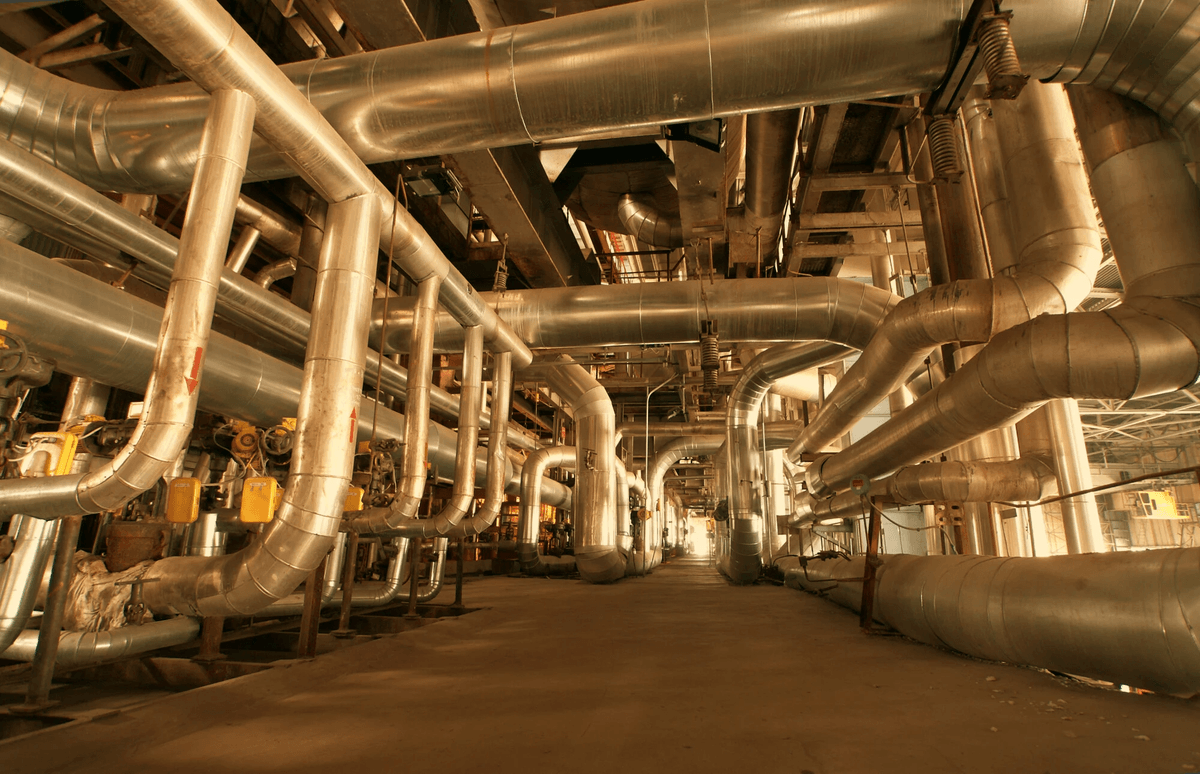
The oil and gas industry has long relied on various methods to protect and maintain the integrity of pipes and pipelines. One of the most effective and widely used methods is ARO pipe coating, a specialized coating that provides a durable and corrosion-resistant barrier against the harsh conditions found in these environments. In this article, we will delve into the history of ARO pipe coating, its benefits, and its significance in the oil and gas industry.
The concept of pipe coating dates back to the early 20th century, when engineers first began experimenting with various materials to protect pipes from corrosion and wear. Over the years, pipe coating technology has evolved significantly, with the development of new materials and techniques that have improved its effectiveness and efficiency. ARO pipe coating, in particular, has emerged as a leading solution in the oil and gas industry due to its unique properties and advantages.
ARO pipe coating is a type of epoxy-based coating that is specifically designed for use in high-temperature and high-pressure environments. The coating is applied to the pipe surface using a specialized process that ensures a uniform and consistent layer. The ARO coating is then cured using heat or UV light, resulting in a hard, durable, and corrosion-resistant surface.
One of the primary benefits of ARO pipe coating is its ability to provide a barrier against corrosion and wear. The coating is highly resistant to chemical and physical damage, making it an ideal solution for pipes that are exposed to harsh environments. Additionally, ARO pipe coating is non-conductive, which reduces the risk of electrical shock and makes it a safer option for use in areas where electrical equipment is present.
Another significant advantage of ARO pipe coating is its ability to reduce maintenance costs. The coating is designed to last for many years, reducing the need for frequent repairs and replacements. This not only saves time and money but also minimizes downtime, ensuring that operations can continue uninterrupted.
ARO pipe coating is also an environmentally friendly solution. The coating is free of toxic chemicals and heavy metals, making it a safe and sustainable option for use in environmentally sensitive areas. Furthermore, the coating can be recycled, reducing waste and minimizing the environmental impact of pipe coating operations.
The benefits of ARO pipe coating are not limited to its technical advantages. The coating also provides a number of economic benefits, including reduced maintenance costs, increased productivity, and improved safety. These benefits can have a significant impact on the bottom line, making ARO pipe coating a cost-effective solution for oil and gas companies.
In addition to its technical and economic benefits, ARO pipe coating also provides a number of social benefits. The coating can help to reduce the risk of accidents and injuries, making it a safer option for workers. Additionally, the coating can help to reduce the environmental impact of oil and gas operations, making it a more sustainable option for companies that prioritize environmental responsibility.
The use of ARO pipe coating is not limited to the oil and gas industry. The coating is also used in other industries, including chemical processing, power generation, and water treatment. However, the oil and gas industry is one of the largest and most significant users of ARO pipe coating, due to the harsh conditions found in these environments.
In conclusion, ARO pipe coating is a game-changer in the oil and gas industry. The coating provides a durable and corrosion-resistant barrier against the harsh conditions found in these environments, reducing maintenance costs, improving safety, and minimizing environmental impact. As the demand for oil and gas continues to grow, the use of ARO pipe coating is likely to become even more widespread, as companies seek to optimize their operations and reduce their environmental footprint.